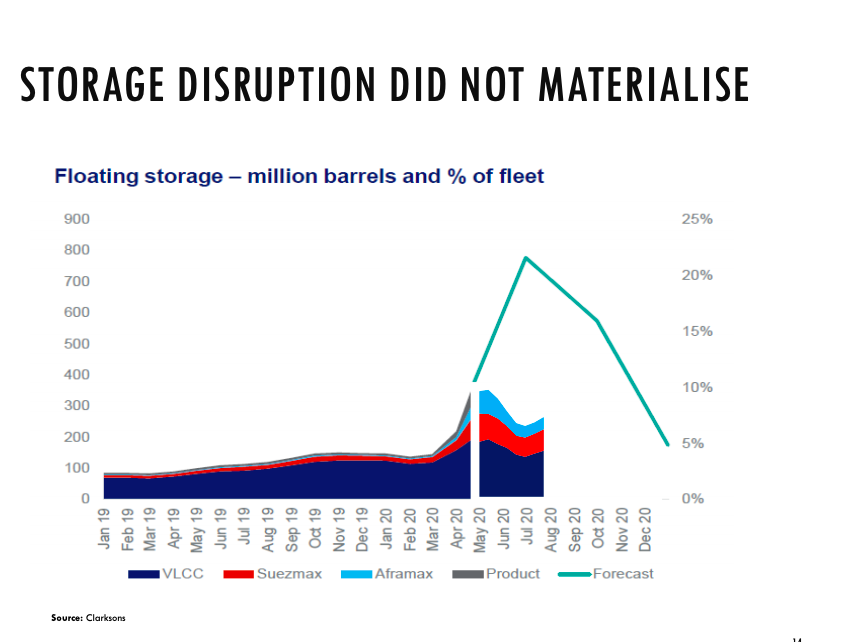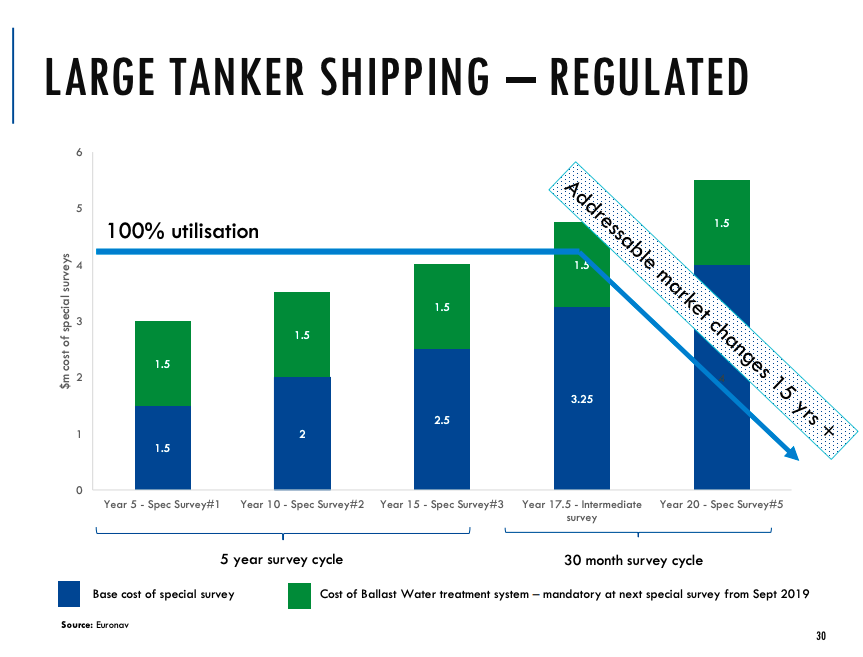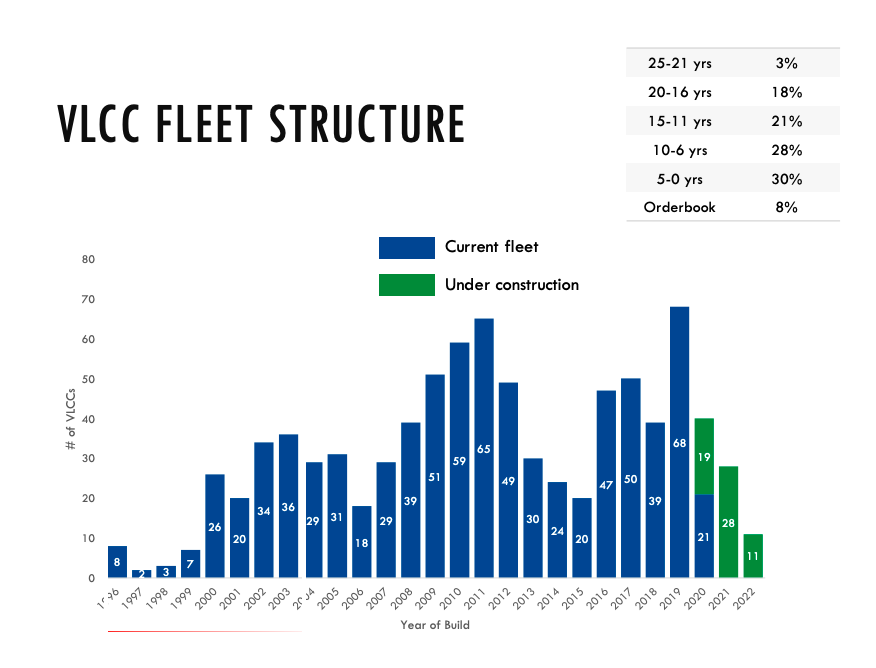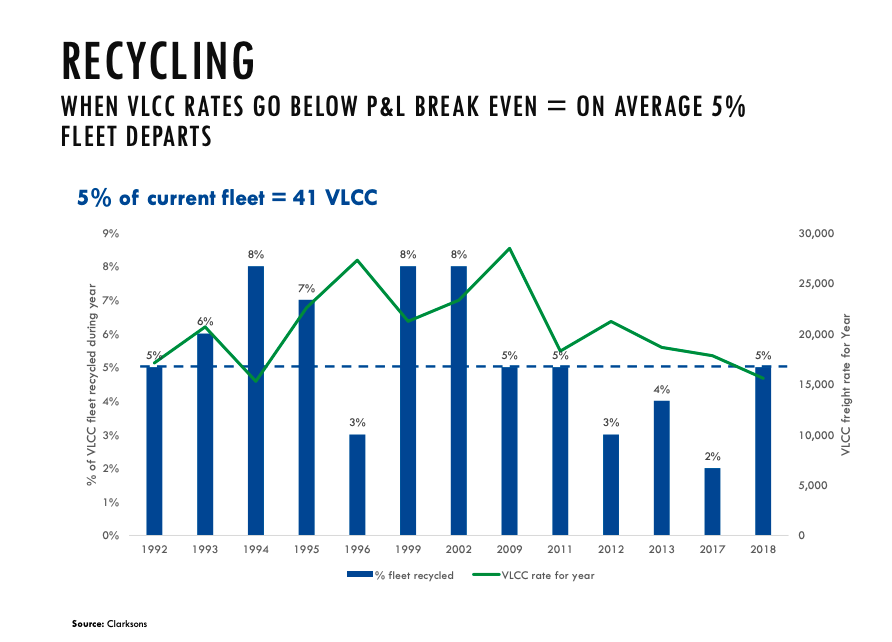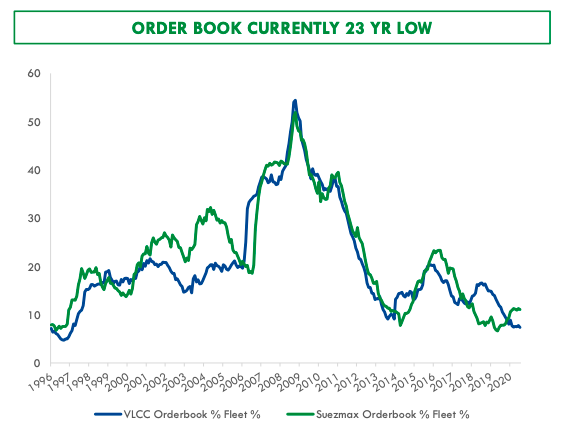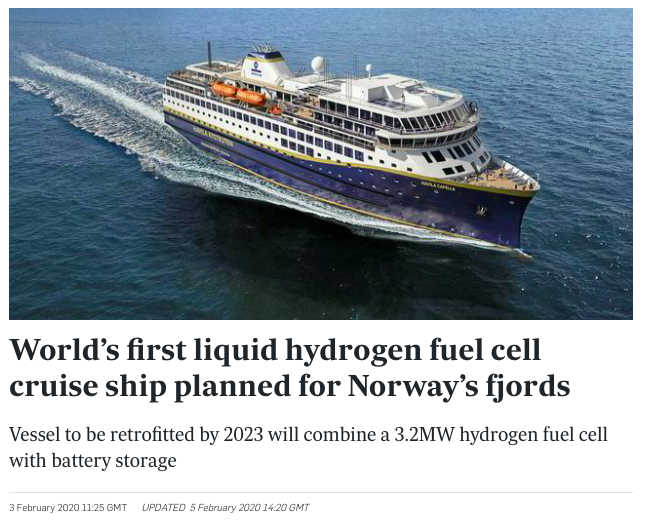Thread
A lot of people don't seem to grasp the bigger picture of the tanker trade.
Everyone tried to play the storage story last year and got burned when it didn't materialize (see below chart).
The real story is the recycling rate and empty orderbook.
A lot of people don't seem to grasp the bigger picture of the tanker trade.
Everyone tried to play the storage story last year and got burned when it didn't materialize (see below chart).
The real story is the recycling rate and empty orderbook.
First point to understand is the average life of a VLCC is <20years
Reason being the cost of special surveys at $4m in year 20 makes no economic sense unless the ship is earning high rates
Like getting a $350 warrant of fitness for a $1000 car with a high chance of failing it
Reason being the cost of special surveys at $4m in year 20 makes no economic sense unless the ship is earning high rates
Like getting a $350 warrant of fitness for a $1000 car with a high chance of failing it
Then need to consider the average age of fleet
21% are due to be recycled in next 4 years at the latest
At a 5% recycling rate =40 VLCCs per year
2020 = +1
2021 = -12
2022 = -29
2023 = -40
21% are due to be recycled in next 4 years at the latest
At a 5% recycling rate =40 VLCCs per year
2020 = +1
2021 = -12
2022 = -29
2023 = -40
5% is the average recycling rate when P&L goes below breakeven
It can go higher as the early 2000s illustrate with an 8% recycling rate.
This would amount to 64 VLCCs being recycled per year.
It can go higher as the early 2000s illustrate with an 8% recycling rate.
This would amount to 64 VLCCs being recycled per year.
Now the recycling rate is supposed to be offset by the orderbook
Yet the orderbook is at a 23year low
Why?
Because compliant tankers don't exist
Standard tankers will be obsolete by 2030 under IMO30 rules
IMO30 requires carbon intensity decline by >40% by 2030, & 70% by 2050
Yet the orderbook is at a 23year low
Why?
Because compliant tankers don't exist
Standard tankers will be obsolete by 2030 under IMO30 rules
IMO30 requires carbon intensity decline by >40% by 2030, & 70% by 2050
The fact that there are prototypes for hydrogen and ammonia power ships to be completed by 2023 will be of little assistance to the empty orderbook.
If you're thinking why not run the tankers on LNG, that only reduces ship CO₂ emissions by 9-12% well short of the 40% required.
If you're thinking why not run the tankers on LNG, that only reduces ship CO₂ emissions by 9-12% well short of the 40% required.

 Read on Twitter
Read on Twitter